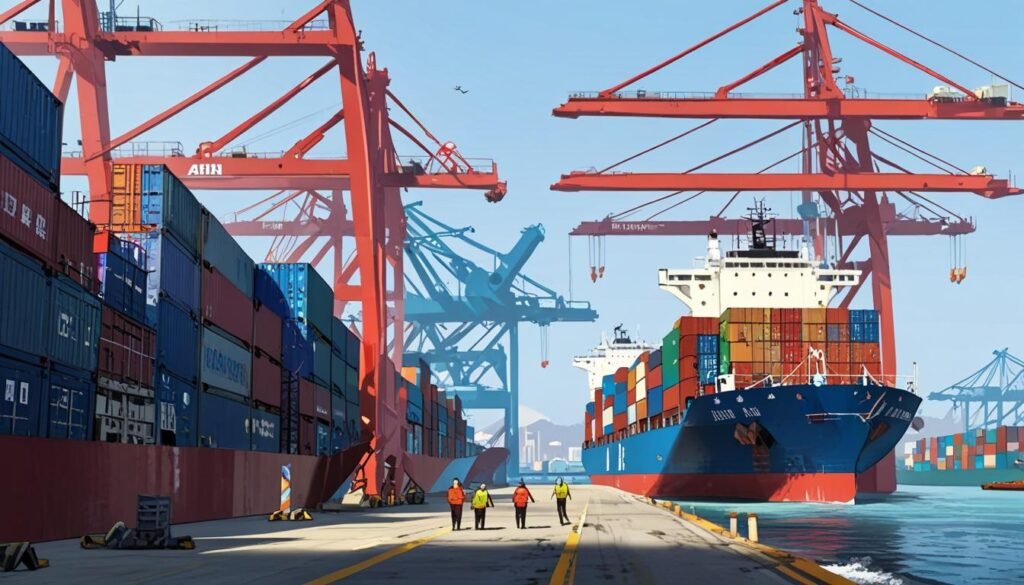**Beijing**: China experienced a significant 12.4% increase in exports for March 2025, exceeding expectations amid escalating trade tensions with the US. While exports thrive, a decline in imports signals complex economic conditions, raising concerns about future trade under new tariff regulations.
In a significant development for the global trade landscape, China reported a remarkable 12.4 percent increase in exports in March 2025 compared to the same month in the previous year, according to data released by the General Administration of Customs. This figure surpassed economists’ expectations, which had predicted a growth of only 4.6 percent, as businesses rushed to adapt to the tariffs imposed by the US government under President Donald Trump’s administration.
The announcement made on April 14 comes amid ongoing trade tensions between Beijing and Washington. Since President Trump instigated a series of tariff increases on Chinese imports, both nations have engaged in reciprocal actions, escalating the situation. Currently, tariffs on Chinese goods have reached as high as 145 percent, while Chinese retaliatory tariffs on US products stand at 125 percent.
The data further indicated that imports during this same timeframe saw a decline of 4.3 percent, which, although negative, represented an improvement from earlier months in 2025. This decline is interpreted as a potential sign of recovering domestic consumption within China’s economy. The United States continues to be the largest single market for Chinese goods, with exports amounting to $115.6 billion from January to March 2025, demonstrating the enduring economic ties between the two nations even amid these tumultuous trade policies.
The timing of the export surge coincided with the anticipation of new tariffs announced by Trump, dubbed “Liberation Day,” set to go into effect on April 2, which caused significant shifts in global market dynamics. Zhiwei Zhang, President and Chief Economist at Pinpoint Asset Management, remarked in a note that the strong export numbers appear to be a result of a “frontloading” strategy by exporters preparing for the impending tariffs. “China’s exports will likely weaken in the coming months as the US tariffs skyrocket,” he cautioned, highlighting the uncertainty surrounding future trade policies.
Julian Evans-Pritchard, head of China economics at Capital Economics, also noted the temporary spike in demand from US importers as they stocked up in anticipation of increased duties. He expressed that while current demand seems robust, shipments from China are expected to decline in subsequent months, potentially taking years for export levels to return to current figures.
The underlying economic conditions in China remain challenging, with sluggish consumption and ongoing issues in the property sector due to a prolonged debt crisis. In response to these challenges, the Chinese government has implemented measures aimed at stimulating growth, such as cutting interest rates, easing homebuying restrictions, raising local government debt limits, and providing more support for financial markets. However, the anticipated economic optimism following these initiatives has been tempered as the government has yet to disclose specific figures or comprehensive plans for economic stimulus.
As China navigates through these turbulent economic waters, the trajectory of its export growth remains intertwined with the evolving landscape of its trade relations with the United States, particularly in light of the ongoing tariff disputes.
Source: Noah Wire Services





